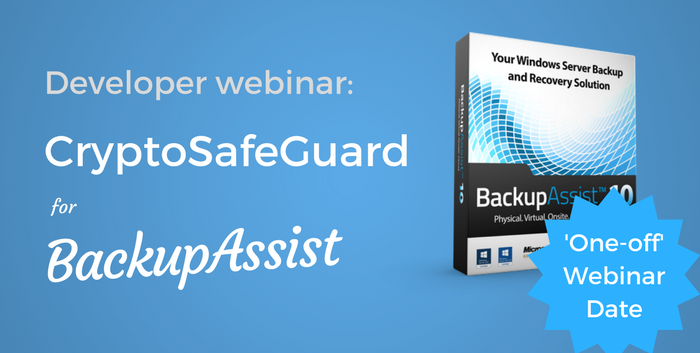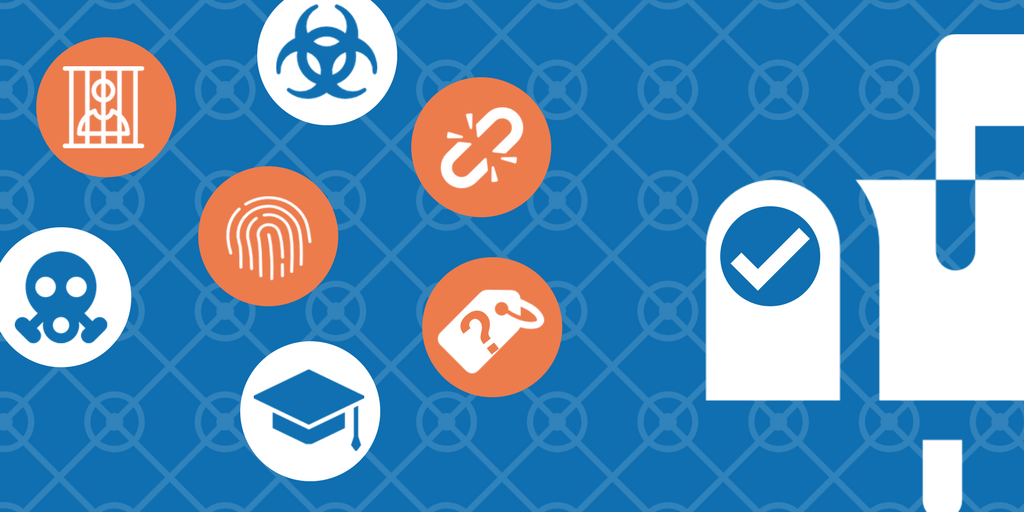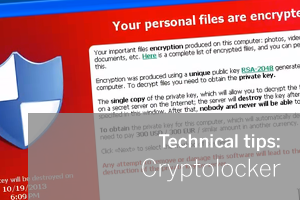07
Aug
CryptoSafeGuard: One-off Developer Led Webinar – Wednesday August 9th 2017
 In case you missed my early heads up, the public release of CryptSafeGuard for BackupAssist is now but a few weeks away. It's an anti-ransomware feature, it's ever so timely and best of all, it's free (provided you have valid upgrade cover of course!).
The senior development team over at BackupAssist are excited to let you know just how great it is, and with that in mind, are running a free one-off webinar for resellers on Wednesday 9th August @ 9.30am.
If you can spare the time I highly recommend you attend as it's a terrific opportunity to learn about a feature that could really help your customers (and you!) out of a tight spot should the unthinkable happen and their files become encrypted.
Not only that but it's a rare chance to provide your thoughts and suggestions directly to the people who write the software.
In case you missed my early heads up, the public release of CryptSafeGuard for BackupAssist is now but a few weeks away. It's an anti-ransomware feature, it's ever so timely and best of all, it's free (provided you have valid upgrade cover of course!).
The senior development team over at BackupAssist are excited to let you know just how great it is, and with that in mind, are running a free one-off webinar for resellers on Wednesday 9th August @ 9.30am.
If you can spare the time I highly recommend you attend as it's a terrific opportunity to learn about a feature that could really help your customers (and you!) out of a tight spot should the unthinkable happen and their files become encrypted.
Not only that but it's a rare chance to provide your thoughts and suggestions directly to the people who write the software.



 Cryptolocker is making the headlines for all the wrong reasons at the moment.
In the run up to Christmas where there's likely to be a plentiful supply of email purchase confirmations flowing, I wanted to share my recommendations for keeping your data safe and secure.
Cryptolocker is making the headlines for all the wrong reasons at the moment.
In the run up to Christmas where there's likely to be a plentiful supply of email purchase confirmations flowing, I wanted to share my recommendations for keeping your data safe and secure.